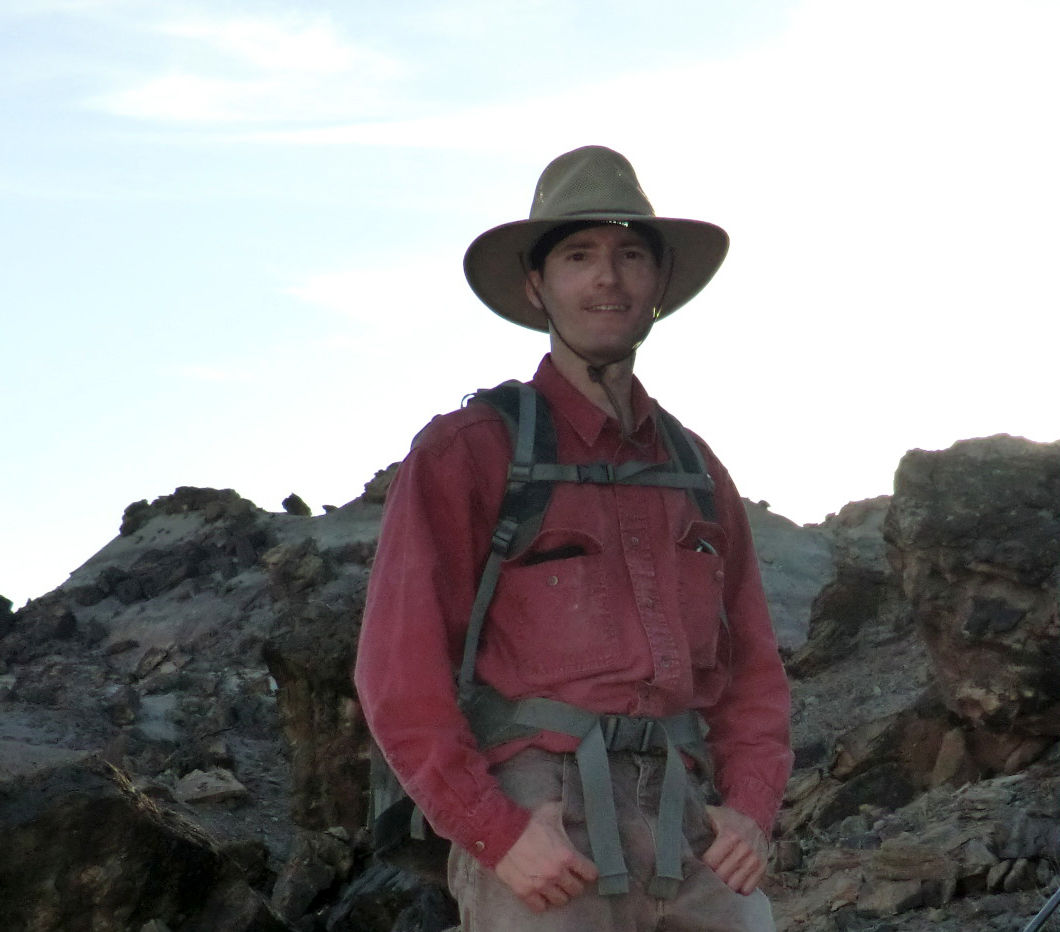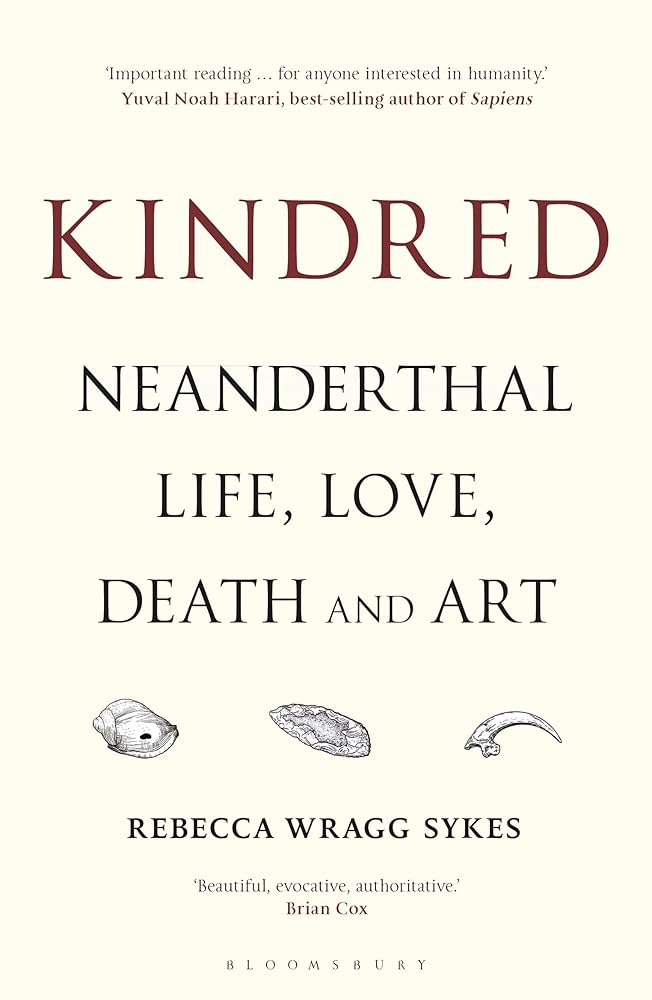Frankly, keeping public lands accessible and healthy can feel like beating your head against a rock in the trail. Sometimes the trick is to find the right tool, be it a pry bar or jackhammer. Other times it’s best to go around the rock, or even go over it as a feature to meet the objective of a challenging trail. With the right set of objectives and methods in place, enhancing off-highway vehicle recreation becomes a simple matter of chipping away at it.
For Ride with Respect (RwR), the greatest tools in the chest are trail work, education, and advocacy. In 2015 alone, over 2,000 hours of trail work included starting to make Sovereign Trail more durable for increased traffic and camping, designating a singletrack and doubletrack for diversity and connectivity at Dubinky Wash, and rerouting Cow Freckles Trail further away from a riparian area near Tenmile Canyon. These tools complement one another, as exemplified below.
TRAIL WORK: In the Abajo Mountains, RwR rerouted several steep sections of Red Ledges Access Trail to reduce erosion. The U.S. Forest Service provided the planning, as well as one week from an American Conservation Experience crew. On a rocky, rooty slope at over 9,000 feet of elevation, RwR spent 500 hours primarily to dig the new bench with a gentle grade and many undulations for drainage. The new route should still be fun for expert motorcyclists, while becoming a lot more manageable for intermediate riders, as well as all kinds of nonmotorized use.
EDUCATION: For a new kiosk at White Wash, RwR drafted the text, map, and images for BLM to effectively reach an OHV audience. The text promotes RwR’s motto of caution, consideration, and conservation. As this trail ethic becomes more widespread, it should increase safety and reduce negative impacts.
ADVOCACY: RwR developed presentations to the Grand County Council so it could propose a balanced package to U.S. Representative Rob Bishop as part of the Eastern Utah Public Lands Initiative (EUPLI). In contrast to the top-down approach of a Greater Canyonlands National Monument, EUPLI asked each county for ways to protect natural resources, recreation opportunities, and economic developments that might be appropriate on public lands. The previous county council generated a set of reasonable alternatives in 2014, but RwR also supports the current council’s proposal as the basis for legislation which could resolve some persistent controversies.
San Juan County generated a similar proposal for EUPLI. The 2015 proposal, as well as all three of the 2014 alternatives, would designate roughly one million acres as wilderness or national conservation area, including Cedar Mesa and the Abajos’ southwest flank, which are full of precious archaeological sites. Despite these protections, a coalition including the region’s Native American tribes have asked the president to proclaim a Bears Ears National Monument of roughly 2 million acres. The monument boundary would stretch from the area south of Moab down to Mexican Hat, then over to Lake Powell, and back up.
It encompasses hundreds of OHV trails, including all motorized singletrack and ATV trails on the Abajos’ northeast peaks. In addition to Red Ledges Access Trail, RwR has spent 1,000 hours rerouting Robertson Pasture Trail, which is now the highlight of an annual mountain bike race. Trails like Red Ledges and Robertson Pasture would be closed to motorcycling by the Bears Ears proposal, which states, “Motorized vehicle use should be permitted only on designated roads.” What about mountain biking? The Bears Ears proposal doesn’t indicate what areas would be designated as wilderness, but Bears Ears is the successor of a proposal from the Utah Dine Bikeyah. A Utah Dine Bikeyah map clearly proposes the vast majority of its Bears Ears predecessor to be designated as wilderness, including Robertson Pasture and Red Ledges.
Why would a Native American group propose such a widespread ban on things like mountain bikes, chainsaws, and even hand carts that help hunters harvest their elk? For the past several years, organizations seeking to vastly expand wilderness have pumped millions of dollars into Native American education programs, and their investments appear to be paying off. The Bears Ears proposal only mentions such organizations by stating that, “Two major foundations have advised us that they have strong philanthropic interest in Bears Ears and will provide substantial funding for Tribal planning and management at the proposed Bears Ears National Monument.” The proposal goes on to state that, while these foundations would fund the initial planning, the long-term tribal management should be paid for by the federal government.
Although these funding ties to wilderness expansion raise monumental red flags, that’s not to deny the merit of Native American input to protect the artifacts of their ancestors. This is the sort of complexity that the EUPLI is attempting to address. There’s never been a greater need for comprehensive legislation, or for responsible recreationists to stay involved. A Bears Ears or Greater Canyonlands monument would likely close Red Ledges, Robertson Pasture, and many other trails. Regardless of monument threats or legislative promise, RwR’s work puts trails in better shape, and puts trail enthusiasts in better shape to promote their continued use.
With the whole tool chest, we are chipping away to improve conditions on public lands, and it’s adding up to a positive impact across the Moab landscape. Many people visit, but relatively few give back through a service group. To those proud few, thank you.
Clif Koontz is the executive director of Ride with Respect. See photos of the group’s work in the print edition of the Jan. 21-27, 2016 Moab Sun News.





